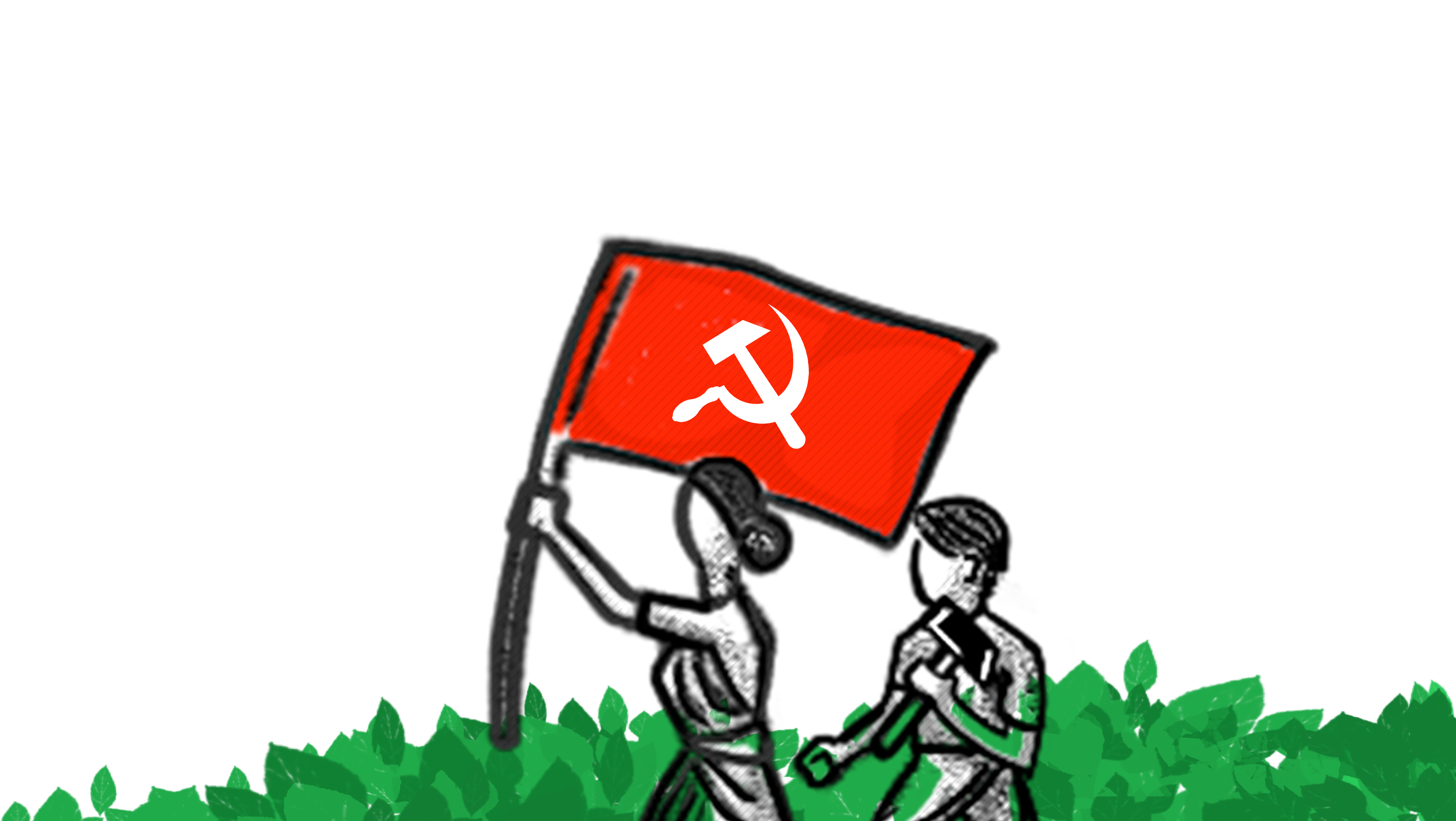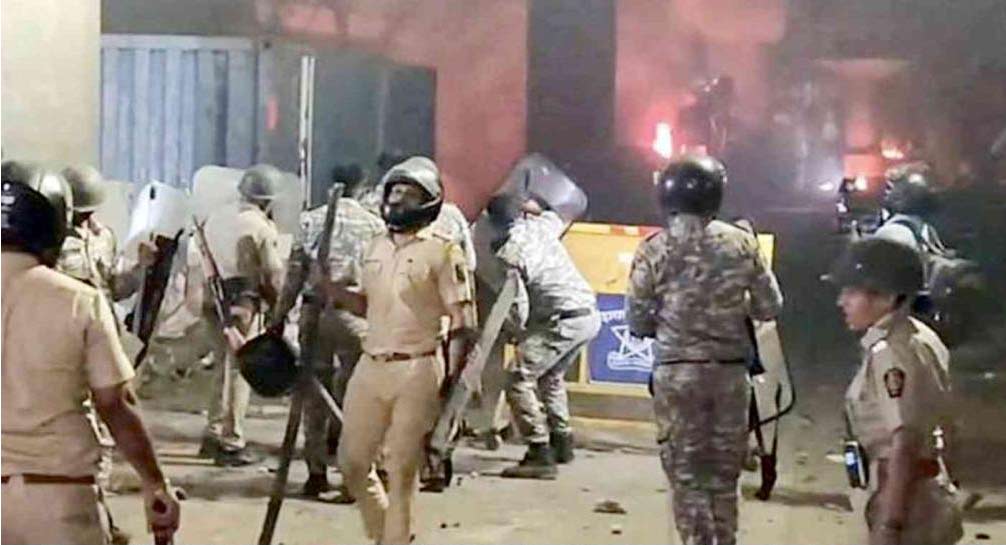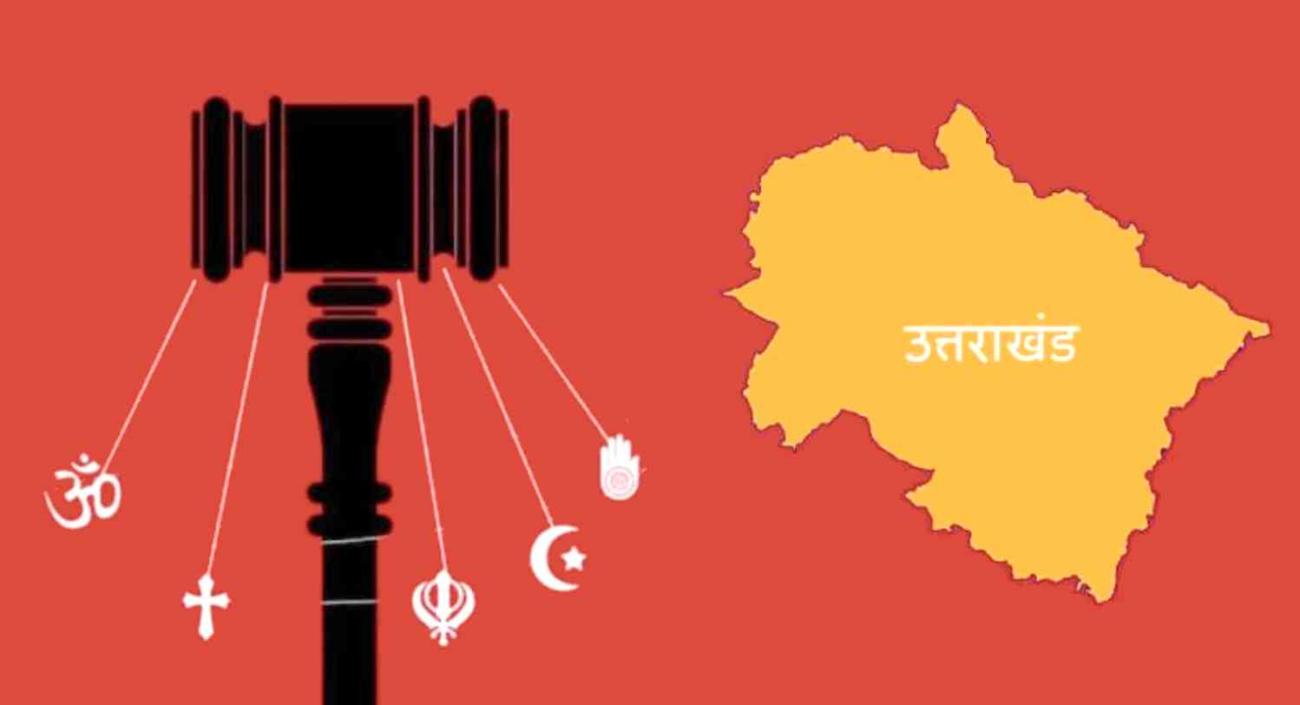The film follows the travails of a mill worker, Anna, who has been forced into retirement and robbed of all compensation by the mill owner, and his family: The family becomes the narrative vehicle through which the impact of the strike on the mill workers and their community is illustrated - how workers waste away playing cards all day; boys, out of school and unemployed take to petty crime, and everything, from jewellery to vessels, and chawls to women are on sale for survival.
Manjrekar has moments of brilliance in delineating gender politics. Annas sense of emasculation comes through when he feigns illness and refuses to accompany his wife to the police station to seek his son Mohans release; but the same Anna demonstrates his patriarchal authority in beating up his daughter Manju upon learning of her pregnancy from an affair. In a powerful scene, Manju, newly married to the trade union leader Rane, vents her frustration, anger, and despair as she realizes that there is no escape for her from the life of a mill worker.
In his earlier films such as Vaastav, Hathyar and Pran Jaye Par Chawl na Jaye, Manjrekar has evoked the reality of Mumbais working class areas and its chawl culture. However, the trouble is that the gangster genre has consumed him so much that towards the end, even The City of Gold lapses into the familiar gangster mould, turning its attention away from the mill and its labour politics to the battle between the youngest son Naru and the gangster Parcha whose sidekick he has been.
And this is the real problem with the film. While it attempts to portray the nexus between the mill owners wishing to sell the mill land to develop malls and residential complexes, and the reigning political party, ever pliable for a price, there is only a slight engagement with the trade union movement in Mumbai, and the larger political impact of the strike. The sheer momentousness of the fact that 2,50,000 workers from over 80 mills struck work fails to come through in the film. The Congress government feared that port and dock yard workers could be the next to go on strike thus paralysing the commercial capital. Even the local police went on strike briefly in solidarity with the mill workers demands. In fact it was this fear that persuaded the government not to concede to Samants demands for wage increase and bonus for the workers. Samants rise as the leader of the mill workers in the 1980s was at the cost of the Congress-affiliated Rashtriya Mill Mazdoor Sangh, which was seen as compromised by the workers; the Shiv Sena too was trying to blunt the militant edge of working class struggles by lumpenising and communalizing the trade unions. (In 1970, the veteran CPI trade union leader Krishna Desai was killed by the Shiv Sena; surprisingly, Manjrekar gets all coy in not identifying Samants assassins Arun Gawli and Chota Rajan gangs working at the behest of their masters in the Congress; his death is attributed to the bursting of a gas cylinder and it is left to us to judge whether or not it was murder). Govind Nihalanis Aghaat (1985) is a nuanced documentation of the rise of the right-wing in the Mumbai trade unions, instigated as much by the Congress as by the Shiv Sena.
In commercial Bombay films, the corrupt politician makes an appearance routinely, but filmmakers are usually at a loss when dealing with political movements. In this film, we see not a single red flag, nor even a reference to the trade union, just individual workers leaders. The film concludes on a defeatist note, with desperate workers queuing up to accept partial payments and Samants protégé Rane ending up a crushed man, petulant that no one respects him for his selfless services. We will do well to remember though that Datta Samant was swept to the Lok Sabha in 1984, barely two years after the great strike, by the working class of Mumbai on an independent ticket even in face of the Indira Gandhi sympathy wave for the Congress.
While City of Gold is welcome as a film sympathetic to the workers movement, it is the thousands of workers who even today travel daily from Nagpur and Pune to Dadar to seek their compensation, and to wrest their land from the mill owners and land mafia, who will ensure that their individual stories and collective struggles are never forgotten. Manjrekars moving obituary for Mumbais workers is premature; the struggles of the mill workers continue to resonate in the womb of the city of gold.
Aslam Khan





